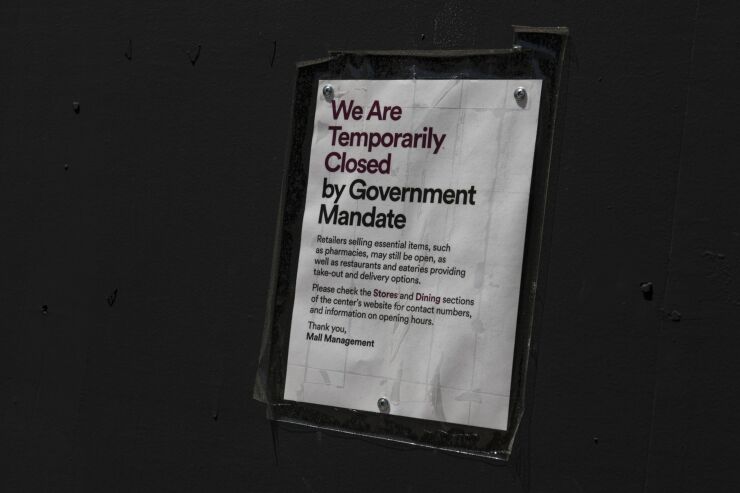During April, the unemployment rate soared to 14.7% — the highest rate since the Great Depression. It’s not just blue-collar or entry-level positions; people in mid- to upper management–level positions who have been in their careers for decades are getting laid off or furloughed. Many of these people are our clients.
What do you tell them when you get the call? They are coming to you for financial advice under one of the most stressful circumstances anyone can encounter; how will you advise them? Here are some quick tips and must-dos for those calls, which, sadly, are probably not going to stop any time soon.

1. File for unemployment benefits. Under the CARES Act, even if your client has been furloughed rather than actually laid off, they still qualify for unemployment benefits, including an extra $600 per week through the federal government’s aid package to states. The benefit is also available to independent contractors and gig workers, but they’ve got to file in order to start receiving the benefit. Some states have a one-week waiting period, but others have waived that. To see a list of unemployment offices for your state, go
2. Know the 401K options. If your client has been with their employer for any length of time, they likely have a 401(k) balance (or 403(b), if they were employed by a nonprofit, educational, or a state agency) that needs attention.
Talk with them about whether they need to roll it over to an IRA. They also need to know about the
3. What about health insurance? Can your client use COBRA to maintain benefits from their former employer? Or is a spouse still employed, enabling them to get coverage on the spouse’s plan? In some cases, your client may need to shop for low-cost independent coverage. Losing coverage from an employer plan is a qualifying life event, allowing your client to enroll in a plan even if the open enrollment period is over. You should advise them to check
Talking to someone who has just lost a job is always tough, and when it’s a client, it can be even tougher. They need to know you are listening carefully, and they need solid advice to get them moving again. If you can deliver those two things, you can give them a constructive track to follow. That will be helpful to them, not only financially, but emotionally, as well.





